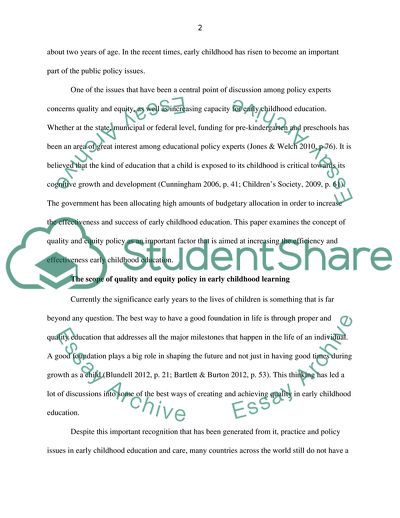Cite this document
(Social Policy Intervention in Education Case Study Example | Topics and Well Written Essays - 1250 words, n.d.)
Social Policy Intervention in Education Case Study Example | Topics and Well Written Essays - 1250 words. https://studentshare.org/education/1872992-critical-case-study-report-of-selected-social-policy-intervention-in-education
Social Policy Intervention in Education Case Study Example | Topics and Well Written Essays - 1250 words. https://studentshare.org/education/1872992-critical-case-study-report-of-selected-social-policy-intervention-in-education
(Social Policy Intervention in Education Case Study Example | Topics and Well Written Essays - 1250 Words)
Social Policy Intervention in Education Case Study Example | Topics and Well Written Essays - 1250 Words. https://studentshare.org/education/1872992-critical-case-study-report-of-selected-social-policy-intervention-in-education.
Social Policy Intervention in Education Case Study Example | Topics and Well Written Essays - 1250 Words. https://studentshare.org/education/1872992-critical-case-study-report-of-selected-social-policy-intervention-in-education.
“Social Policy Intervention in Education Case Study Example | Topics and Well Written Essays - 1250 Words”. https://studentshare.org/education/1872992-critical-case-study-report-of-selected-social-policy-intervention-in-education.


